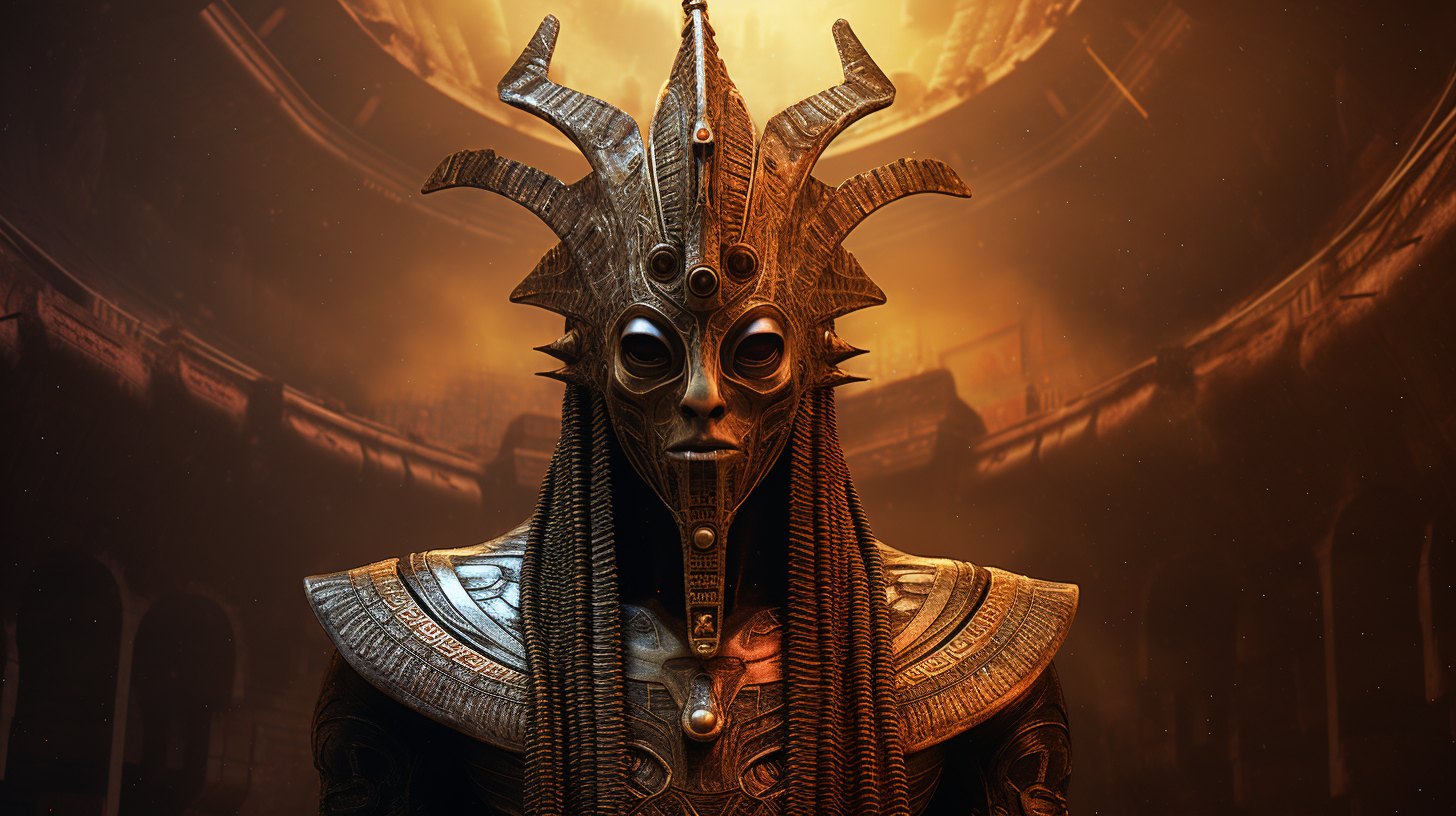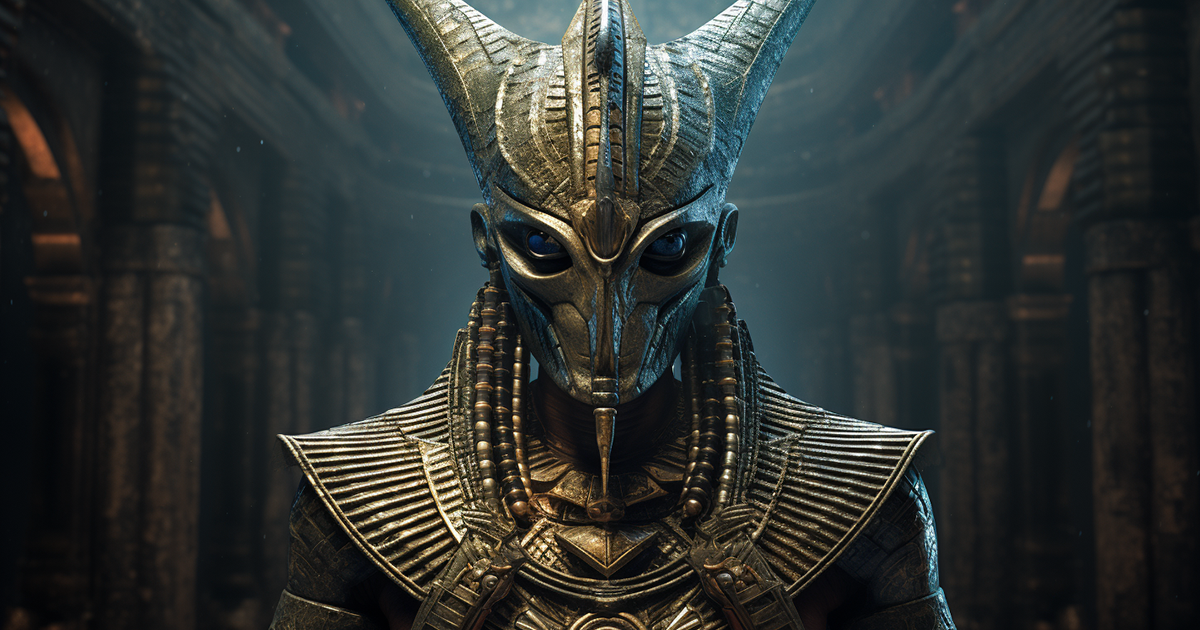The intriguing artifact from ancient Mesopotamia, referred to as the Sumerian King List, invites us on a captivating journey through the depths of history. Let’s abandon traditional labels and delve into the captivating chronicles of these extraordinary rulers who held dominion over Earth for an astonishing 241,200 years until the monumental Great Flood reshaped the course of events.
One fascinating aspect revealed in this ancient manuscript is the celestial origins of kingship, originating in Eridug. The first monarch, Alulim, ascended to power and remarkably ruled for an incredible 28,800 years. While such prolonged reigns may challenge modern beliefs, they present a compelling mystery that urges us to explore the cherished beliefs and stories of the Sumerian civilization.

Eridug, known as the cradle of civilization in the Sumerian King List, holds deep significance in ancient Mesopotamian legends, especially in its association with the inception of monarchy. Beyond Alulim’s enduring rule, the manuscript intricately intertwines the tales of seven other immortal rulers, each with their own unique story.
Although the Sumerian King List may not offer concrete evidence of the events and timelines it portrays, it serves as a fascinating gateway into the ancient Mesopotamian worldview. While not a typical historical record, the document sheds light on how early societies perceived their origins and divine connections.
The concept of immortality attributed to these ancient rulers sparks contemplation and questions. Did these monarchs truly possess eternal life, or did their extended reigns symbolize deeper allegorical meanings? It’s possible that their long-lasting rule represented dynastic continuity or divine favor, rather than literal accounts of ageless reigns.
Furthermore, the Sumerian King List evokes curiosity regarding the Great Flood narrative it preserves. While flood myths appear in various ancient cultures, the Sumerian version offers a unique perspective that predates well-known flood stories. Exploring the similarities and differences among these narratives can offer profound insights into the shared human experiences across ancient civilizations.
In conclusion, the Sumerian King List remains a significant artifact that transports us through time to the dawn of civilization. By avoiding sensationalism, we can appreciate the importance of this historical document and its role in shaping our understanding of ancient Mesopotamia. It serves as a poignant reminder that history unfolds as a complex tapestry of beliefs, stories, and symbolism, waiting for us to explore and honor the rich legacy it offers.
